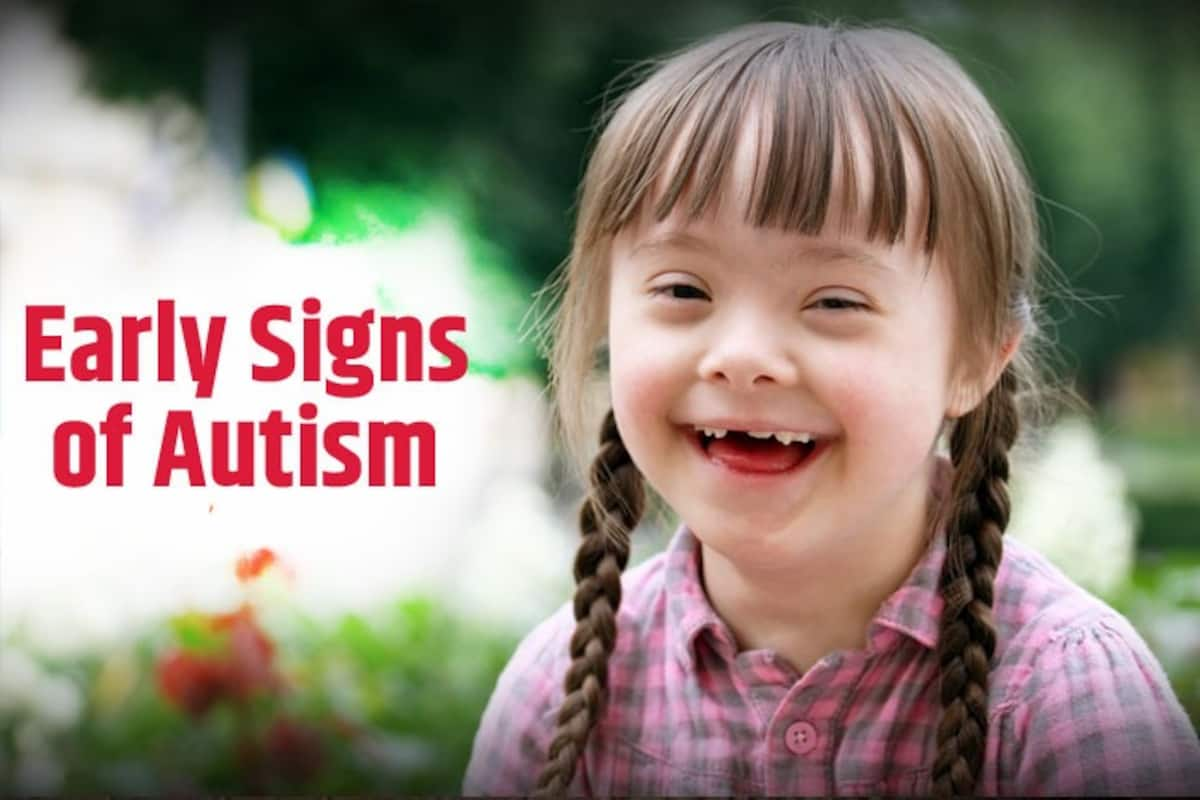Recognizing Autism: A Comprehensive Overview to Signs And Symptoms and signs
Autism Spectrum Problem (ASD) incorporates a wide array of qualities that can dramatically influence an individual's social communications and daily performance. Recognizing these nuances not only help caretakers and instructors in supplying ideal assistance however additionally fosters a more comprehensive environment for people with ASD.
Introduction of Autism Range Problem
Defining Autism Range Disorder (ASD) entails recognizing it as a complex neurodevelopmental problem identified by a variety of challenges in social communication, communication, and behavioral patterns. The term "range" reflects the vast variability in symptoms and their severity, which can differ substantially from one person to one more. ASD usually materializes in very early childhood, although some people might not obtain a diagnosis till later in life.
Variables influencing the growth of ASD consist of hereditary proneness and ecological aspects, although the specific causes remain under examination. Medical diagnosis typically depends on behavioral evaluations, as there are no definitive clinical tests for ASD. Early treatment is critical and can substantially boost outcomes, concentrating on enhancing communication skills, social communications, and adaptive habits.
People with ASD might likewise exhibit special toughness, such as phenomenal attention to detail or particular areas of experience. Recognizing the diverse nature of ASD is crucial for promoting a comprehensive setting that suits neurodiversity. Continued study is vital for establishing reliable treatments and assistance systems, enabling people with ASD to grow and fulfill their prospective within culture.
Typical Signs of Autism
Acknowledging the usual signs of Autism Spectrum Disorder (ASD) is crucial for very early identification and treatment. These signs can differ commonly in seriousness and discussion, but specific qualities are frequently observed in individuals with ASD.
Among one of the most common signs is a marked difficulty in developing and maintaining eye call. People might also display limited interest in social interactions and reveal a preference for solitary play. Repeated habits, such as hand-flapping, shaking, or rotating objects, commonly arise early in childhood. Furthermore, some kids might develop stringent regimens and become distressed if these routines are interrupted.
Sensory level of sensitivities are also common; people might underreact or overreact to sensory stimulations, such as audios, lights, or appearances. autism. Language growth can be atypical, with some youngsters showing delayed speech or using language in uncommon means, consisting of echolalia-- repeating sentences or expressions listened to in other places
It is vital to note that not every individual with ASD will display all these indicators, and the level of these behaviors can vary substantially. Early recognition permits prompt support and sources, boosting the high quality of life for those on the spectrum.
Social Interaction Difficulties
Social communication obstacles are a hallmark of Autism Spectrum Disorder (ASD), influencing a person's capability to involve properly with others. These difficulties can show up in various methods, including challenges in initiating and preserving discussions, understanding social signs, and reacting appropriately in social communications.
People with ASD may have problem with nonverbal interaction, such as eye get in touch with, faces, and body movement. This can lead to misconceptions, as their communicative intent may not be correctly interpreted by others. Moreover, they may discover it challenging to comprehend the subtleties of tone and context, which are essential for effective communication.
In team settings, people with ASD might really feel overloaded and might not know exactly how to join in conversations (autism). They could also exhibit irregular conversational patterns, such as monologuing regarding specific rate of interests without recognizing social reciprocity
In addition, these obstacles can result in social isolation or difficulties in forming relationships, as peers might misinterpret their behavior or interaction style. Understanding these social communication difficulties is vital for fostering encouraging environments that advertise social skills development and improve the quality of communications for individuals on the autism range.
Sensory Actions and sensitivities
Numerous people with Autism Spectrum Condition (ASD) experience enhanced sensory level of sensitivities that can significantly impact their daily lives. An individual with ASD might discover everyday sounds, such as a vacuum cleaner or crowded environments, extremely distressing, leading to anxiousness or disasters.
Sensory handling distinctions in individuals with ASD can likewise affect their ability to involve in social communications and routine activities. A kid that is sensitive to touch may resist physical love or avoid specific clothing fabrics. Additionally, a preference for sure appearances or preferences can limit nutritional choices and create challenges throughout nourishments.
Recognizing these sensory level of sensitivities is crucial for identifying the one-of-a-kind experiences of individuals with ASD. Recognition of their my explanation sensory accounts can cultivate far better interaction and assistance approaches, producing a setting that suits their needs and boosts their lifestyle. Inevitably, recognizing sensory sensitivities is a critical component of understanding the more comprehensive range of autism.

Sustaining Individuals With Autism
Reliable support for individuals with Autism Range Problem (ASD) is vital for enhancing their general well-being and cultivating self-reliance. Assistance methods ought to be customized to fulfill the special needs of each individual, considering their challenges and toughness.

Social skills training can likewise play a crucial duty. autism. Involving individuals in group tasks or role-playing circumstances can boost their capability to navigate social interactions. Additionally, it is necessary to inform relative, caregivers, and peers concerning ASD to promote a encouraging and inclusive community
Verdict
In final thought, an extensive understanding of Autism Range Condition is necessary for identifying its symptoms and signs. Early identification of typical characteristics, such as social communication difficulties and sensory sensitivities, makes it possible for caregivers and teachers to implement effective treatments. By promoting enhanced communication and social skills, individuals with autism can navigate their settings a lot more successfully. Eventually, boosted recognition and assistance can dramatically boost the lifestyle for those impacted by ASD.
Autism Range Problem (ASD) includes a broad array of characteristics that can dramatically affect a person's social interactions and everyday functioning.People with ASD might have a hard time with nonverbal communication, such as eye call, face expressions, and body language.Lots of people with Autism Range Disorder (ASD) experience increased sensory level of sensitivities that can dramatically affect their everyday lives.Sensory handling differences in people with ASD can also affect investigate this site their ability to involve in redirected here regular tasks and social interactions.Comprehending these sensory level of sensitivities is crucial for acknowledging the special experiences of people with ASD.
Comments on “The Impact of Very Early Treatment on Youngsters with Autism: What Moms And Dads Required to Know”